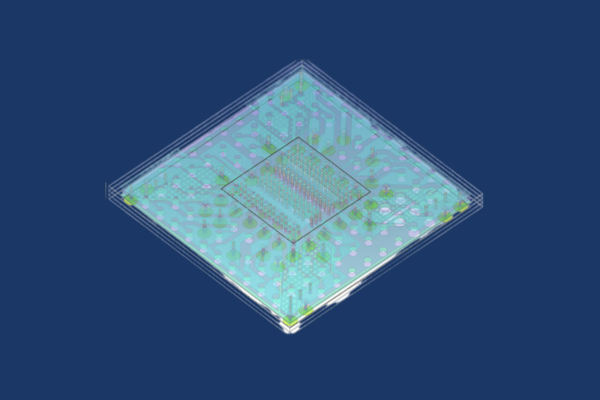
Protected: Introduction to Ansys SIwave Recordings
Password Protected
To view this protected post, enter the password below:

To view this protected post, enter the password below:
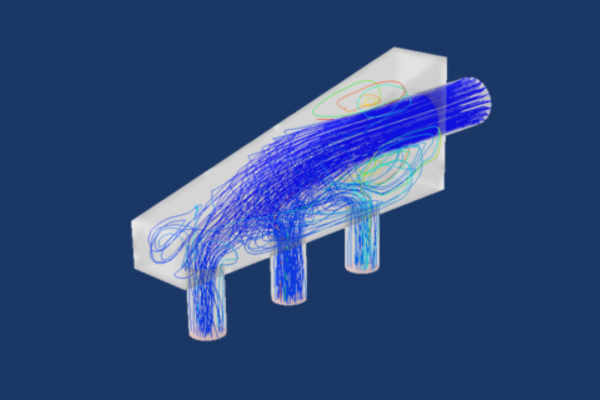
To view this protected post, enter the password below:
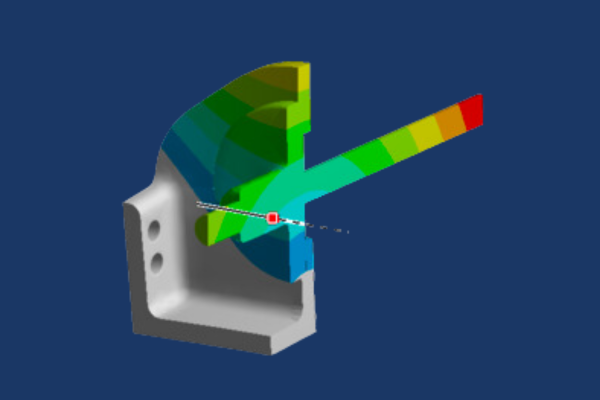
To view this protected post, enter the password below:
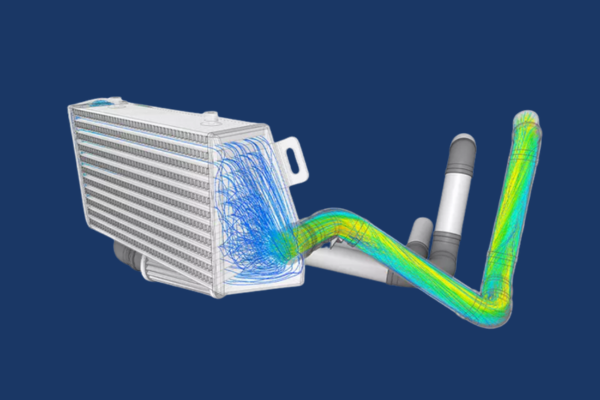
For the Ansys Discovery product, the resources to learn the tool are available within the software and at various online websites. You can download our recommended learning journey with the link to the right. Other possible training tips are shown in the videos below. Please contact support@drd.com for specific questions as needed.
Learn where to access Ansys Discovery Training Content.
Create conformal meshes in Ansys Mechanical using Shared Topology in Discovery.
Download file here
Extract 2D profiles from 3D geometry for axisymmetric simulation in Discovery.
Download file here
Read 2D models from Discovery to set up 2D axisymmetric simulations in Mechanical.
Download file here
Update 2D profiles in Discovery and associatively update mechanical results.
Download file here
Clean up and prepare topology optimized plate/sheet components for manufacturing using Ansys Discovery.
Download file here
Simplify parts down to their primitive form in order to clean up dirty geometry and modify complex shapes.
Download file here
Create and connect 2D Beam profiles and shell midsurfaces automatically starting from 3D geometry.
Download file here
Use the “stitch” and “missing faces” tools to patch together watertight surfaces from a corrupt .igs geometry.
Download file here
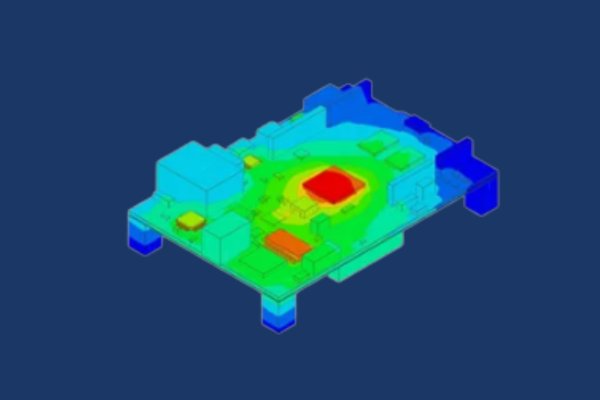
This course provides an introduction to conducting thermal simulations for electronics in Ansys Icepak using the Classic interface.
The course devotes very little time to CFD & thermal theory and focuses on the use of the software through workshops to solve practical problems. Workshops are focused on the electronics industry and include heat sinks, amplifiers, grilles, circuit boards and include various software features such as zoom-in modeling, compact models, hex dominant meshing and non conformal meshing.The import of board trace layers are also discussed and demonstrated.
Most workshops create geometry from scratch or import neutral CAD geometry as starting points. DRD encourages the students to bring a SAT or Parasolid file with them to the training (preferably a model from their workplace) for a little testing and discussion of their own problems to solve. DRD will also demonstrate the integration between CAD systems and Icepack in the Workbench environment. DRD has added a custom workshop to the course that transfers the thermal results from Icepak to Ansys Mechanical for thermal-stress analysis all within Workbench.
DRD conducts this course over two days. Most of the course material comes from Ansys, Inc.’s three day Introduction to Icepak course. Students will receive all of these materials and can work through and reference the additional material on their own time.
Overview of Icepack and User Interface
Pre-defined objects in Icepak
Model Setup and Transient Solution Controls
Mesh Features – Hex Dominant, Non-Conformal, Zoom-In Modeling
Postprocessing
Connection to CAD within Ansys Workbench
Thermal-stress analysis
Finned Heat Sink
RF Amplifier
Cold-Plate Model with Non-Conformal Meshing
Multi-Level Meshing
Loss Coefficient for a Hexa-Grille
Transient Simulations
IDF Import
Integration of CAD with Ansys Workbench, Icepak, and Transfer of Results to Ansys Mechanical for Thermal-Stress Analysis